A secret Japanese army unit, dubbed Unit 371, sprayed Chinese villages with bacteria, spiked their wells with disease and laced their food with germs, perhaps killing up to a million Chinese in World War II, a new book says.
"There could be over 700,000 or even 1 million" lives lost to Japan's biowarfare program, Daniel Barenblatt, author of A Plague Upon Humanity, said in a recent interview.
The book, published in the US by HarperCollins, tracks Japan's development of biological weaponry from 1931 to 1945 and its use of these weapons -- bubonic plague, typhoid, anthrax and cholera -- on civilians, many of them in China.
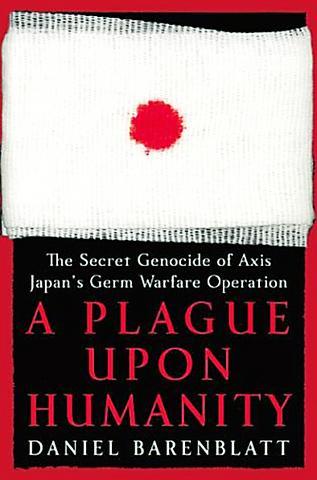
The biowarfare weapons were sprayed by airplanes on villages, or distributed in food, or passed through bacteria put in water wells. Some early weaponry involved dropping ceramic-shelled bombs filled with live flies and jellied cholera emulsion.
"Japan's biological warfare program in China was, as far as we know, the first use of scientifically organized germ warfare in history," said Iris Chang, author of The Rape of Nanking, the acclaimed book about the brutal Japanese occupation of the eastern Chinese city in the late 1930s.
Barenblatt says the number of lives lost to biological warfare has been difficult to determine because the victims and their families, many of whom lived in remote villages in China, did not know why they became ill after being exposed to biological weapons unleashed by the Japanese army.
"These are poor people who are for the first time telling their stories. They, at first, thought it [their illnesses] was an act of nature. Many had no idea what was happening to them," said Barenblatt.
In addition to those who died as a direct result of diseases unleashed by Japanese scientists and the military, others suffered physical disfiguration and prolonged health problems.
Many of the biological weapons were used in an attempt to sap China's resistance to the Japanese invasion during the 1930s and 1940s, according to Barenblatt's book, which tells of World War II prisoners of war from Britain, the US and Australia who were also test subjects.
According to Barenblatt, the plague bacteria released then still lingers on in some animal populations today. "As far as I know there have not been major plague outbreaks in China in recent years. [But] It is still there ... rodents still test positive for antibodies to the bubonic plague," he said.
One of the largest promoters of Japan's biological warfare efforts was Shiro Ishii, a physician with a doctorate in microbiology from Kyoto Imperial University, according to Barenblatt.
An inventor of a water-purification system, Ishii eventually involved many Japanese universities in biowar research and much of this research was spearheaded by a Japanese army biowar unit known as Unit 731.
Initially based in Harbin, in China, Unit 731's main research center was moved southeast to a more remote locale in Beiyinhe, where the village of 300 homes and shops was burned down to make room for the confidential complex.
The biowar effort -- founded with explicit approval by Japan's Emperor Hirohito, himself a trained biologist -- involved testing on civilians. The elaborate prison facilities allowed scientists to closely track the progression of disease on humans, and live dissections allowed Japanese doctors to study how certain organs were affected.
Barenblatt's book also says the Japanese military considered targeting the US with bioweapons at the end of World War II. It tells of a plan in which a plane from a specially equipped submarine would spray San Diego and saboteurs were to land secretly to poison California's water supply.
Although the US was considered a target and US servicemen were tested on by Japanese scientists, many involved with development of the biowar program were not later convicted of war crimes.
Barenblatt notes that former US General Douglas MacArthur, in charge of post-war Japan, said the research uncovered by the Japanese scientists could be useful.
"Request for exemption [from prosecution] of Unit 731 members. Information about vivisection useful," MacArthur explained in a 1947 radio message to a combined military-State Department group in Washington that supervised Japan occupation policy.
"Details from this period were suppressed during the Cold War. The US government cut a secret deal with these Japanese doctors, giving them immunity from prosecution in exchange for their medical data," said Chang in an e-mail exchange.
Said Barenblatt, "What the US did in making the deal with top doctors is unconscionable. As far as we know, no one in the US government raised any more objection to it."
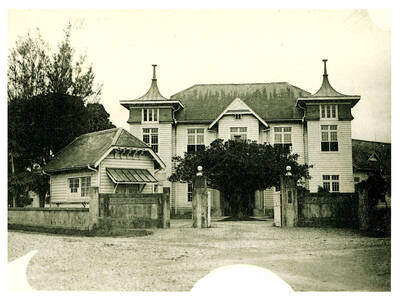
April 14 to April 20 In March 1947, Sising Katadrepan urged the government to drop the “high mountain people” (高山族) designation for Indigenous Taiwanese and refer to them as “Taiwan people” (台灣族). He considered the term derogatory, arguing that it made them sound like animals. The Taiwan Provincial Government agreed to stop using the term, stating that Indigenous Taiwanese suffered all sorts of discrimination and oppression under the Japanese and were forced to live in the mountains as outsiders to society. Now, under the new regime, they would be seen as equals, thus they should be henceforth
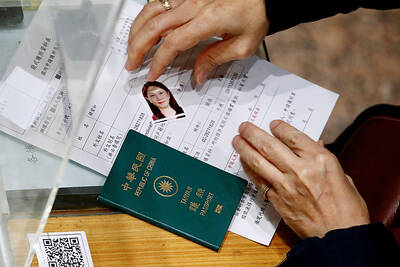
Last week, the the National Immigration Agency (NIA) told the legislature that more than 10,000 naturalized Taiwanese citizens from the People’s Republic of China (PRC) risked having their citizenship revoked if they failed to provide proof that they had renounced their Chinese household registration within the next three months. Renunciation is required under the Act Governing Relations Between the People of the Taiwan Area and the Mainland Area (臺灣地區與大陸地區人民關係條例), as amended in 2004, though it was only a legal requirement after 2000. Prior to that, it had been only an administrative requirement since the Nationality Act (國籍法) was established in
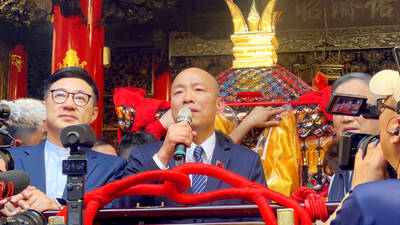
Three big changes have transformed the landscape of Taiwan’s local patronage factions: Increasing Democratic Progressive Party (DPP) involvement, rising new factions and the Chinese Nationalist Party’s (KMT) significantly weakened control. GREEN FACTIONS It is said that “south of the Zhuoshui River (濁水溪), there is no blue-green divide,” meaning that from Yunlin County south there is no difference between KMT and DPP politicians. This is not always true, but there is more than a grain of truth to it. Traditionally, DPP factions are viewed as national entities, with their primary function to secure plum positions in the party and government. This is not unusual
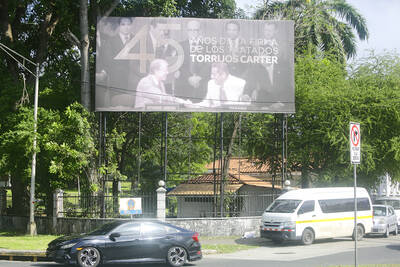
US President Donald Trump’s bid to take back control of the Panama Canal has put his counterpart Jose Raul Mulino in a difficult position and revived fears in the Central American country that US military bases will return. After Trump vowed to reclaim the interoceanic waterway from Chinese influence, US Defense Secretary Pete Hegseth signed an agreement with the Mulino administration last week for the US to deploy troops in areas adjacent to the canal. For more than two decades, after handing over control of the strategically vital waterway to Panama in 1999 and dismantling the bases that protected it, Washington has